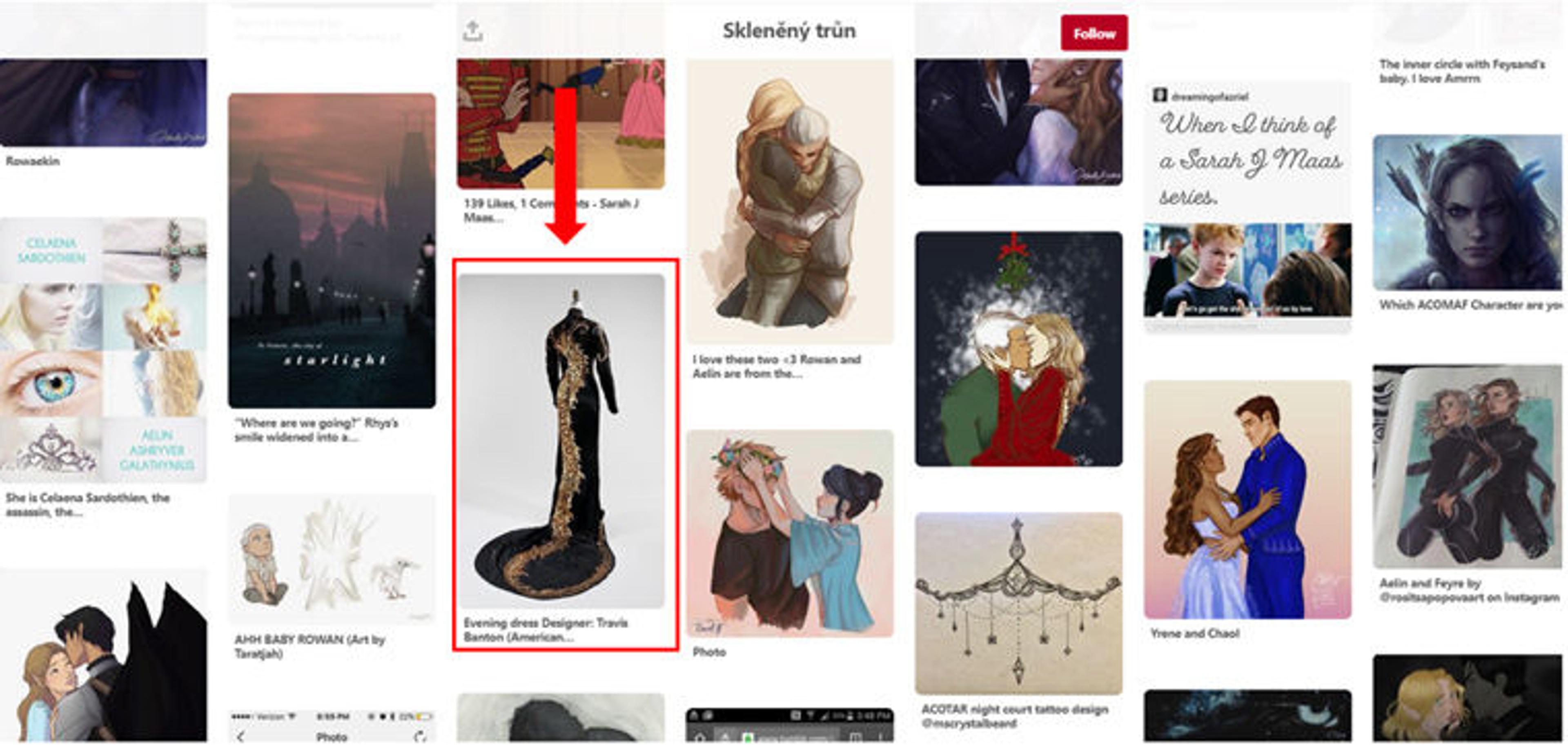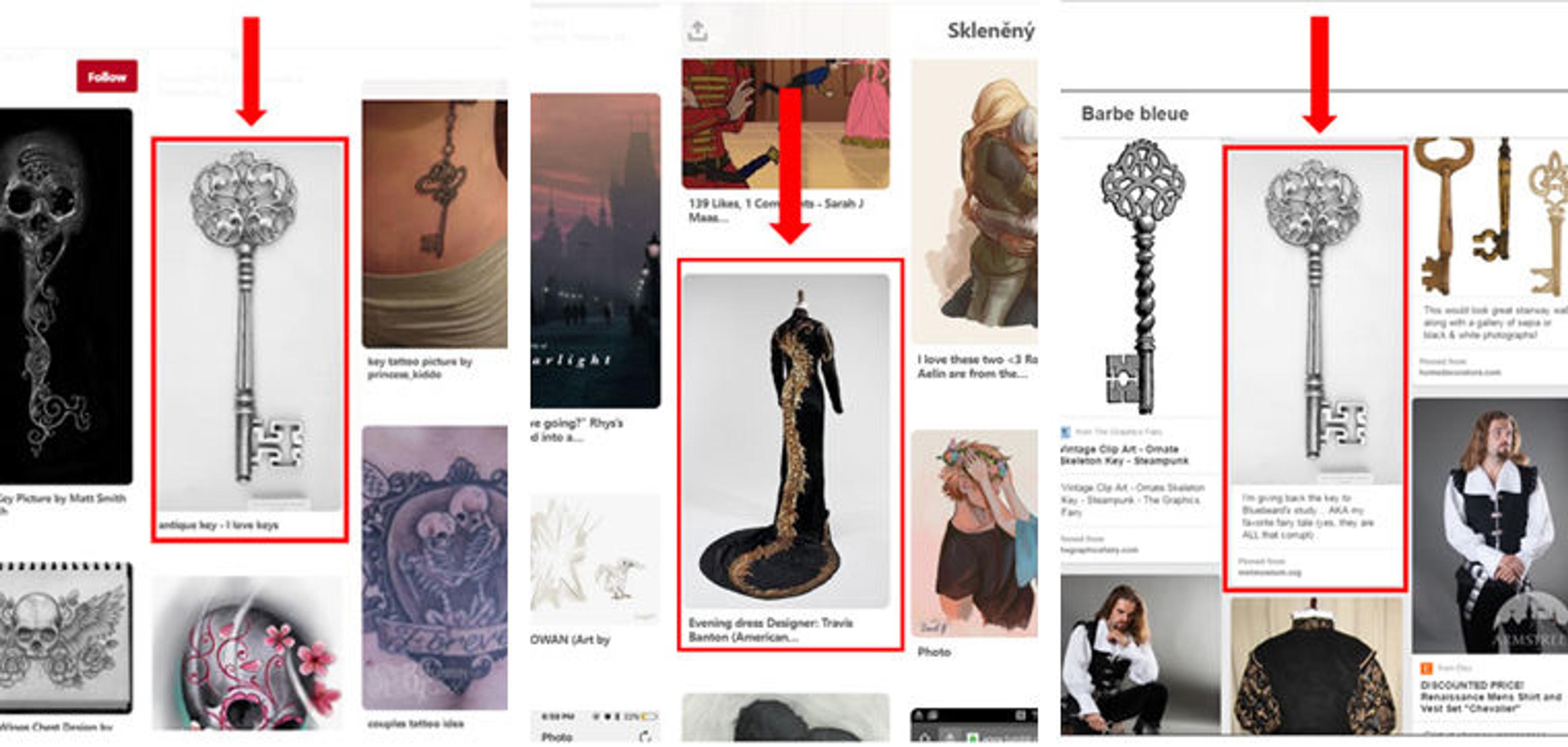
While the majority of users of The Met's online collection come to our website through organic search, a significant volume of traffic comes from Pinterest. These users are normally in "discovery" mode—looking for an artwork that sparks an idea, stimulates their creativity, or provides a rich visual experience. In many cases, they come to our site by clicking on a pin, so their visit is freer and more unfocused. Users have saved thousands of pins presented on an array of diverse, and sometimes unexpected, boards. From crochet to tattoos, and from watches to color boards, Pinterest users come to the online collection and find something special that matches their personal or professional interests.
Our analytics data shows how these users' behavior is different compared to those coming from other traffic sources. By digging into the specific pins, we can see how Pinterest brings visitors to a wide variety of objects—many of which are not included in the collection highlights chosen by The Met's curatorial departments. In this light, we can see how platforms like Pinterest can bring in new audiences and challenge institutions to provide an inspiring experience that will keep them discovering more art on their website.
Methodology
We have collected data for this study through a combination of tools: Google Analytics, Pinterest Analytics, and brief surveys on the Museum's website that target Pinterest users. The analysis includes both quantitative and qualitative data, looking at behaviors on the website, as well as identifying each user's profile and their motivation to explore the site.
In order to investigate user characteristics in detail, we created a specific custom segment and view in Google Analytics to capture just the traffic from Pinterest. The data is compiled from audience, acquisition, and behavior reports, and provides information about the volume of traffic, user engagement on the site—including metrics such as time spent on the website or the average pages visited per session—and the devices used. The reports are particularly useful in studying what pins bring traffic and what objects users save on Pinterest.
The data our users' shares was collected with the implementation of event tracking, which, in this case, gathered the name of the sharing option selected as well as the URL of the shared object. Through Pinterest Analytics, we were able to report specifically on the activity on metmuseum.org. This report includes data about the volume of impressions, saves, and clicks that pins from the website received for the period selected.
A major advantage of analytics tools is that they show real user actions with a high degree of detail, which, in the case of Google Analytics, allows the comparison with other user segments that come to the online collection. However, there are certain limitations associated with just the use of this analytics tool to profile and understand user behavior. Therefore, we designed and implemented a short questionnaire visible to users coming from Pinterest to ask them about the purpose of their visit, as well as their relationship with the website and the Museum. This online survey collected responses from 388 participants throughout February and March 2018.
Pinterest Traffic
Out of the many traffic sources that bring users to the online collection, Pinterest is at the top of the list by far, accounting for four percent of the total traffic to the collection, the majority of which is a result of users' own activity. According to our reports, these users spend approximately two minutes on the website, which is lower than the average for all the website visitors.
Another significant data point related to these users' online behavior is that seventy-two percent of them only view one page during their visit. This engagement with only one object in the online collection in the majority of cases may be related to how they come across this content and the device they use to access the site, as just over half of these visitors are using mobile devices (fig. 1). Overall reports show that sixty-seven percent of online collection users access the website from a desktop computer, and only a quarter from a mobile device.
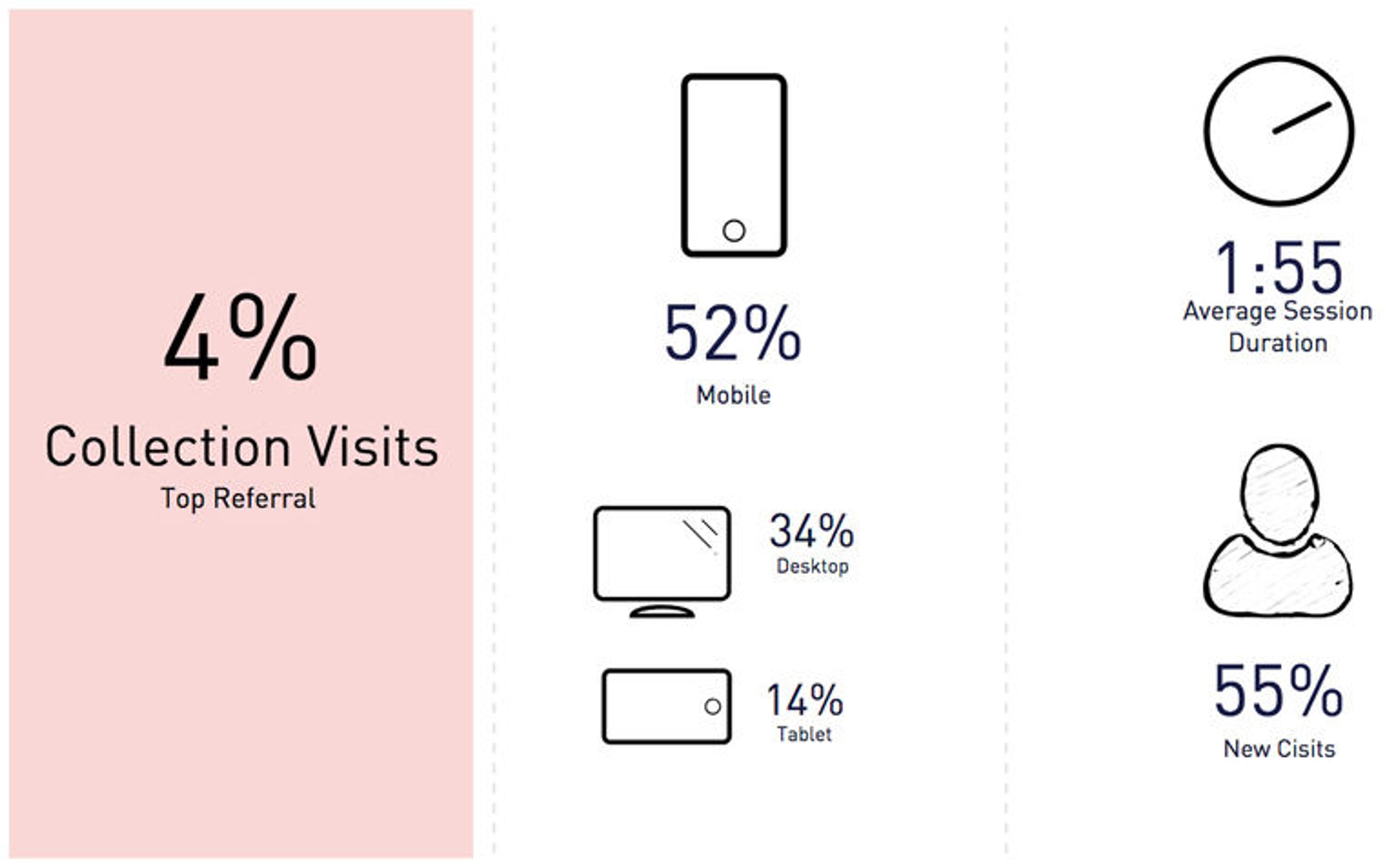
Fig. 1. Key figures about Pinterest traffic to The Met's online collection
Pinterest Users
Each user's behavior is influenced by their motivation to visit our website and the expectations of their experience. Previous user research shows that a significant portion of visits to the online collection are motivated by a desire to be inspired by The Met's artworks. Within this particular group there are two types of online behaviors that depend on the intention of the website visit: some may have come to the Museum's website with a specific purpose, while other users came mainly because they stumbled upon a link to the collection on another site, and they are seeking a relaxed browsing experience without a definite plan of what to find.
Analytics data shows that these users come from a variety of other websites, and social media represents a high proportion of this traffic. However, not everyone in this group is a regular and engaged user, and the behavior report on Google Analytics provides some insights about this fact, demonstrating that this is a group with a significant proportion of new users. Within this particular group there are clearly two types of online behaviors based on the intention of the website visit. Based on the particular intention to visit the website, we can differentiate between two segments within this group.
The first segment represents the inspiration seekers, whose visits are driven by a search for inspiration or art images. This group includes artists and creative professionals, art enthusiasts, and personal researchers. These users are focused during their visit, and specifically search for something that can stimulate their creativity. They search for particular art and also use filters for browsing the collection. There is a significant amount of visits led purely by visuals in this segment, so these users are very interested in downloading images and enlarging them to see the works in greater detail.
The second segment represents casual browsers. Similar to the previous group, these users come to the website motivated by a visual experience. The difference between casual browsers and inspiration seekers, however is that the latter are not coming with a specific purpose to the website, so their visit is unfocused. They clicked on a link on another website or stumbled upon The Met's web content on social media.
Pinterest is a significant traffic driver for both inspiration seekers and casual browsers. The survey targeting these users digs deeper into their specific motivations and the relationship with the Museum. When users were asked about the main purpose of their visit, there was clearly a high number that were searching for visual content and inspiration for their own work—which includes a range of artistic practices such as painting, crochet, jewelry making, fashion design, or photography, among many others (fig. 2). There were also users doing research mainly for personal purposes: looking for a wedding dress, decoration ideas, or costumes for a play. There was also another group of users that were using this platform for learning purposes, for example to conduct research for their studies or to prepare a visual presentation for a class.
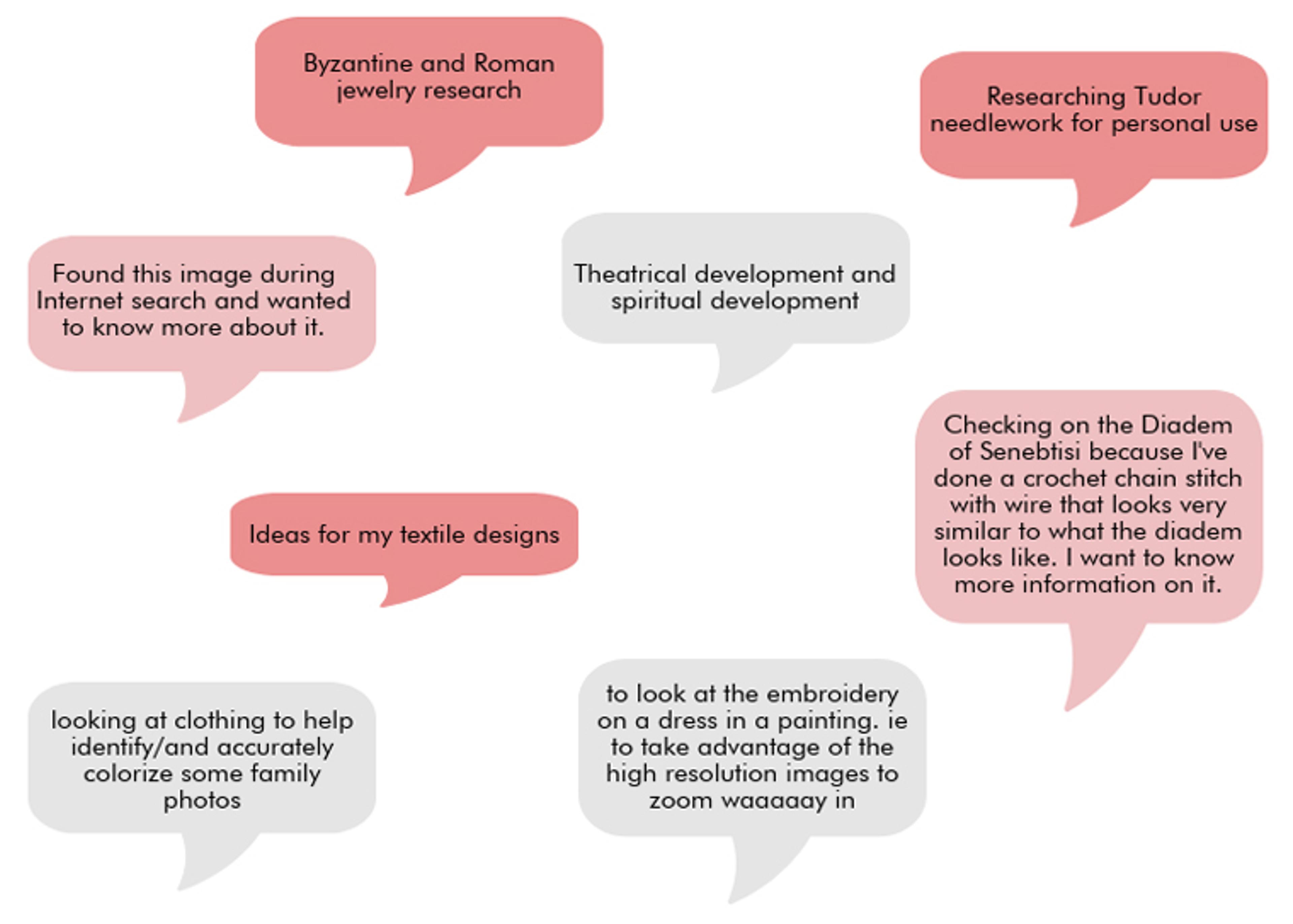
Fig. 2. Quotes from survey respondents about their motivation to visit The Met's online collection
The type of users in these segments vary. Roughly thirty-one percent were artists and creative professionals, twenty-eight percent were personal researchers and art enthusiasts, and a bit more than a third of users were academic researchers, students, museum professionals, or teachers (fig. 3).
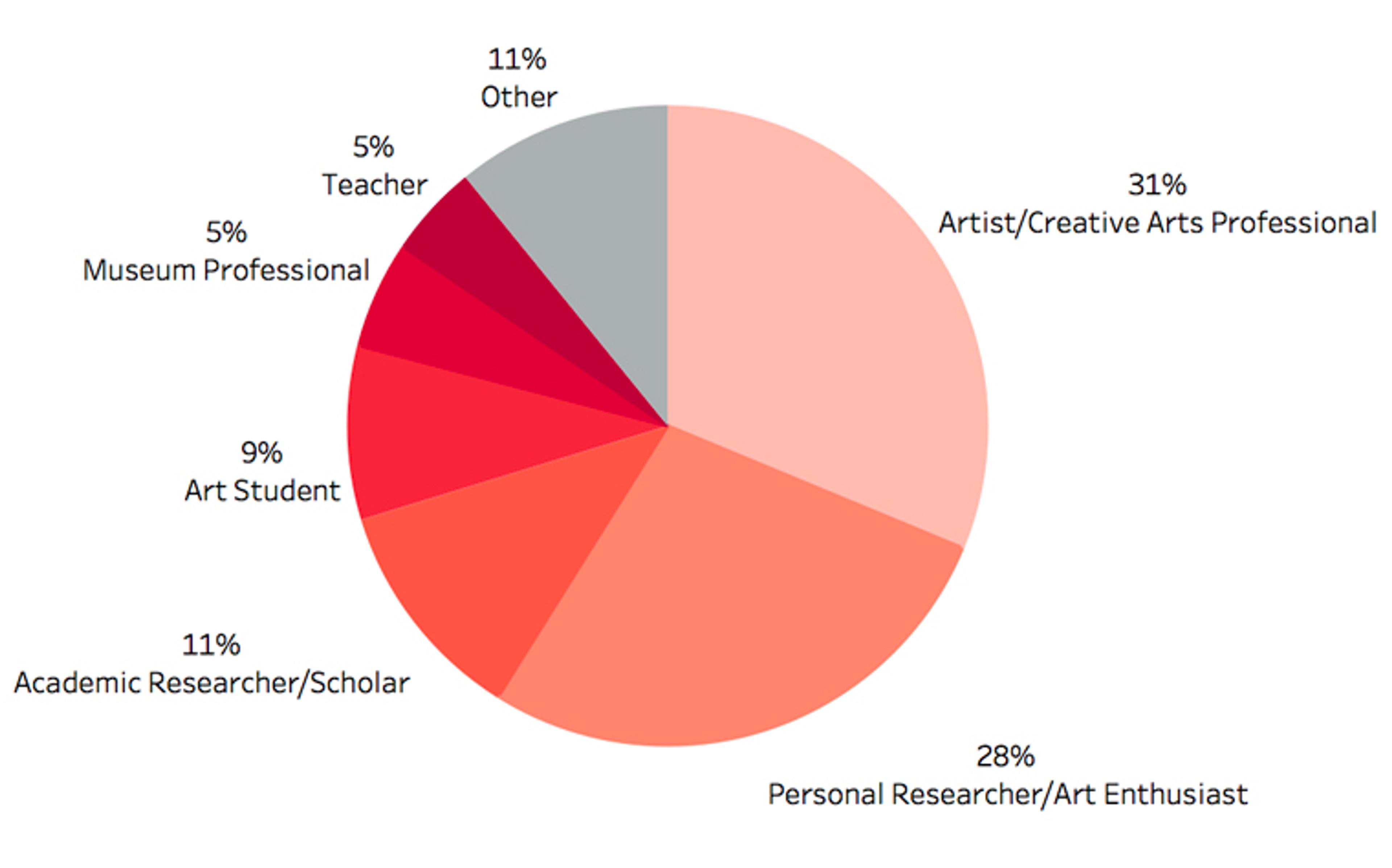
Fig. 3: Types of users on The Met's online collection
One of the goals of the survey was to understand users' relationships with The Met. Our studies found that fifty-four percent of Pinterest users that visited the online collection had never before visited the Museum in person, which provides an interesting insight about the impact of this platform in reaching new audiences and connecting with people located outside of New York who are interested in The Met (fig. 4).

Fig. 4: Frequency of in-person visits to The Met by users of the online collection coming from Pinterest
User Stories
The reach of an object potentially increases when someone who visits our online collection shares an object page or image on social media; this is a level of visibility that can increase even more when people on social media continue the sharing chain. As a result, someone who stumbles upon this object while searching for a keyword or because of the content posted by followed users may click on the original source and arrive at the online collection.
The stories behind the shares on Pinterest bring fascinating and sometimes surprising findings about how users interact with the Museum's collection. Pinterest is the preferred sharing option for users on our object pages. We gathered this data with Google Analytics event tracking; due to the limited number of tracking settings, however, it excludes the sharing activity of users who have Pinterest or other social sharing extensions on their browsers.
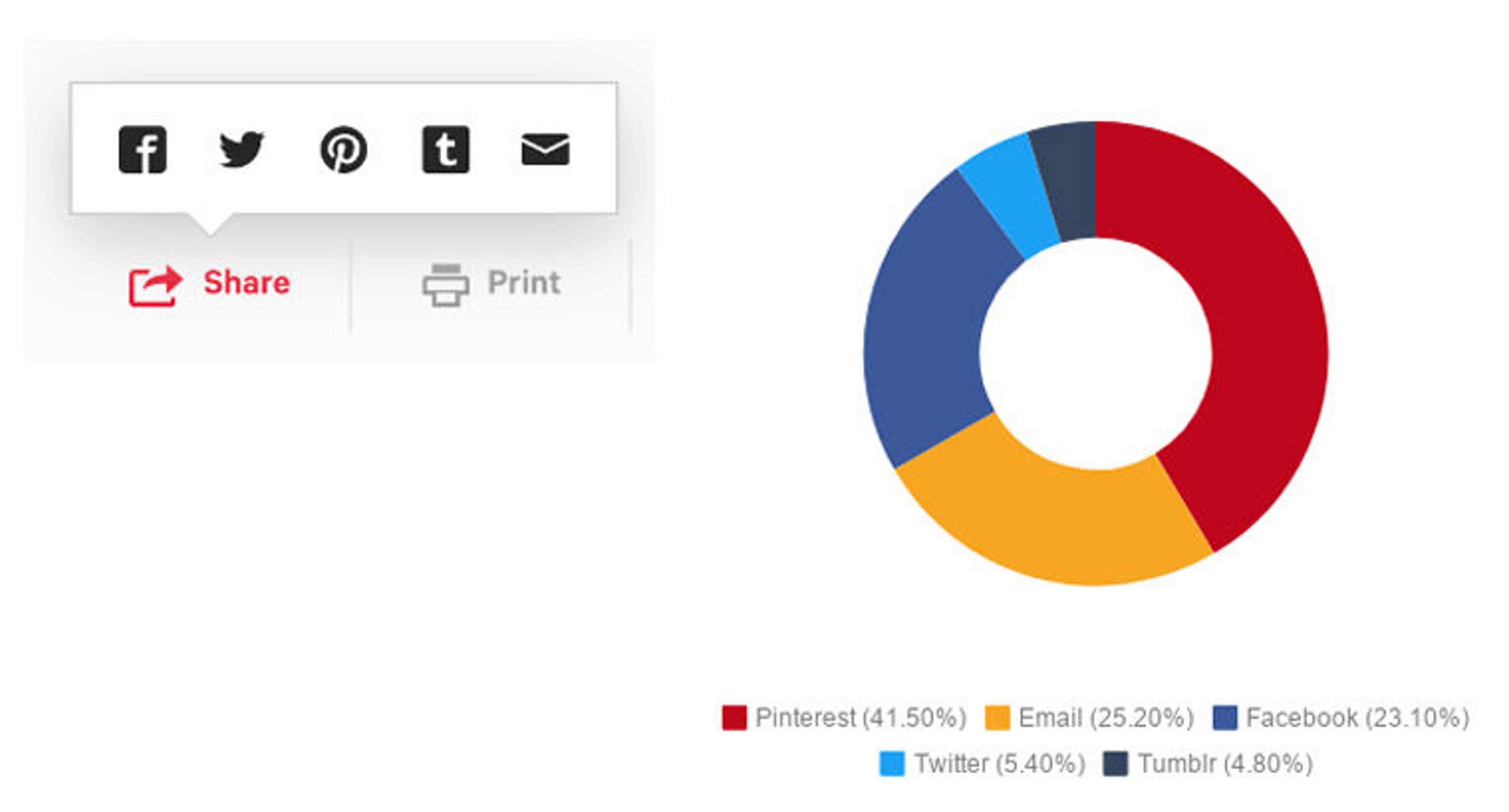
Fig. 5. Usage of the sharing options on the object page
Of the sixteen thousand objects that were shared by users on Pinterest in 2017, there was a fairly equal distribution of the number of times objects were shared on Pinterest. The object that received the most shares was pinned twenty-two times, but the majority of objects were shared just once. However, when the objects are grouped by department or art form, clear patterns appear on how popular Pinterest trends such as fashion, home decor, or photography are reflected on the object's shares (Figs. 6 and 7).
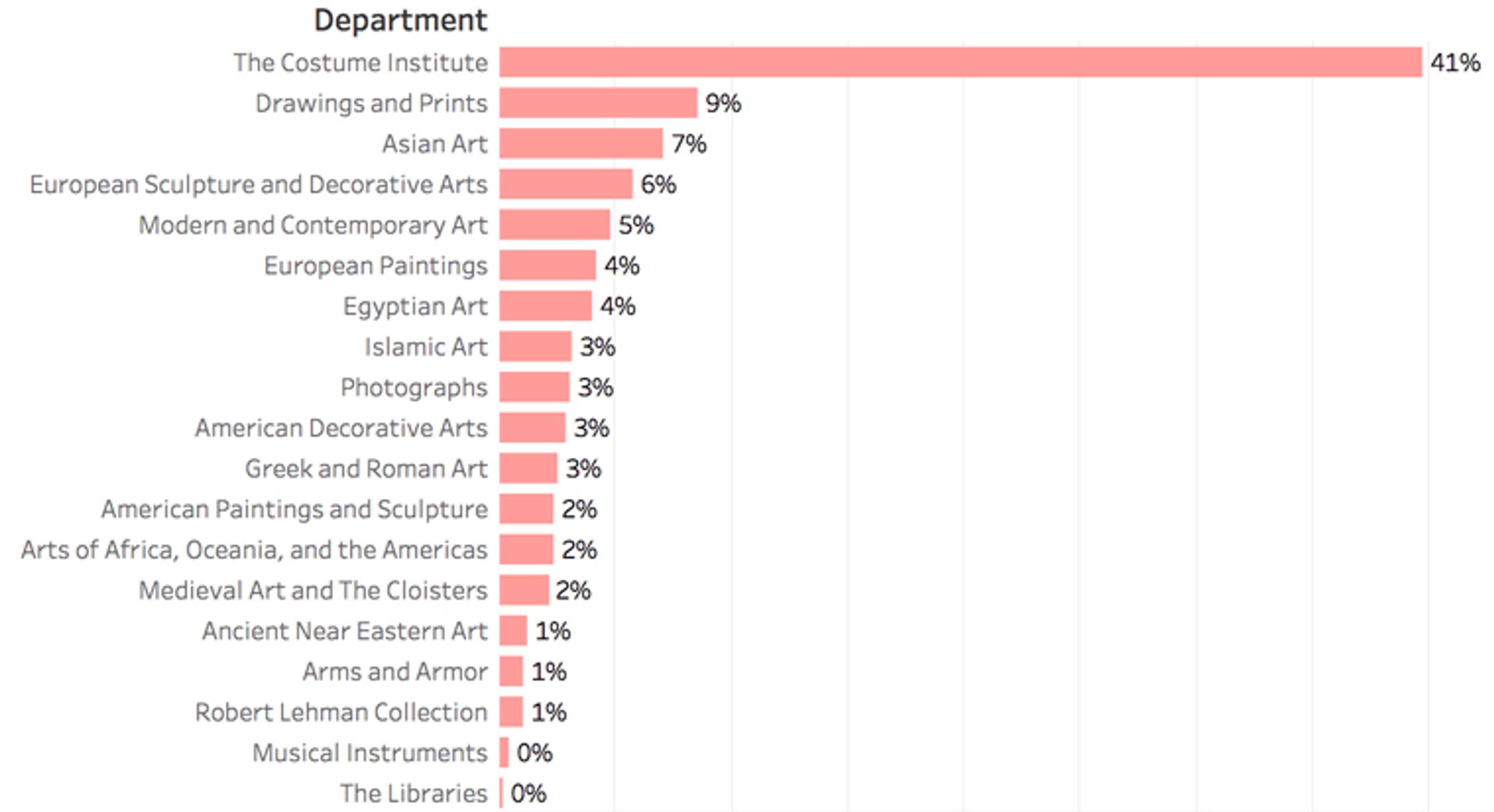
Fig. 6: Volume of object shares by curatorial department
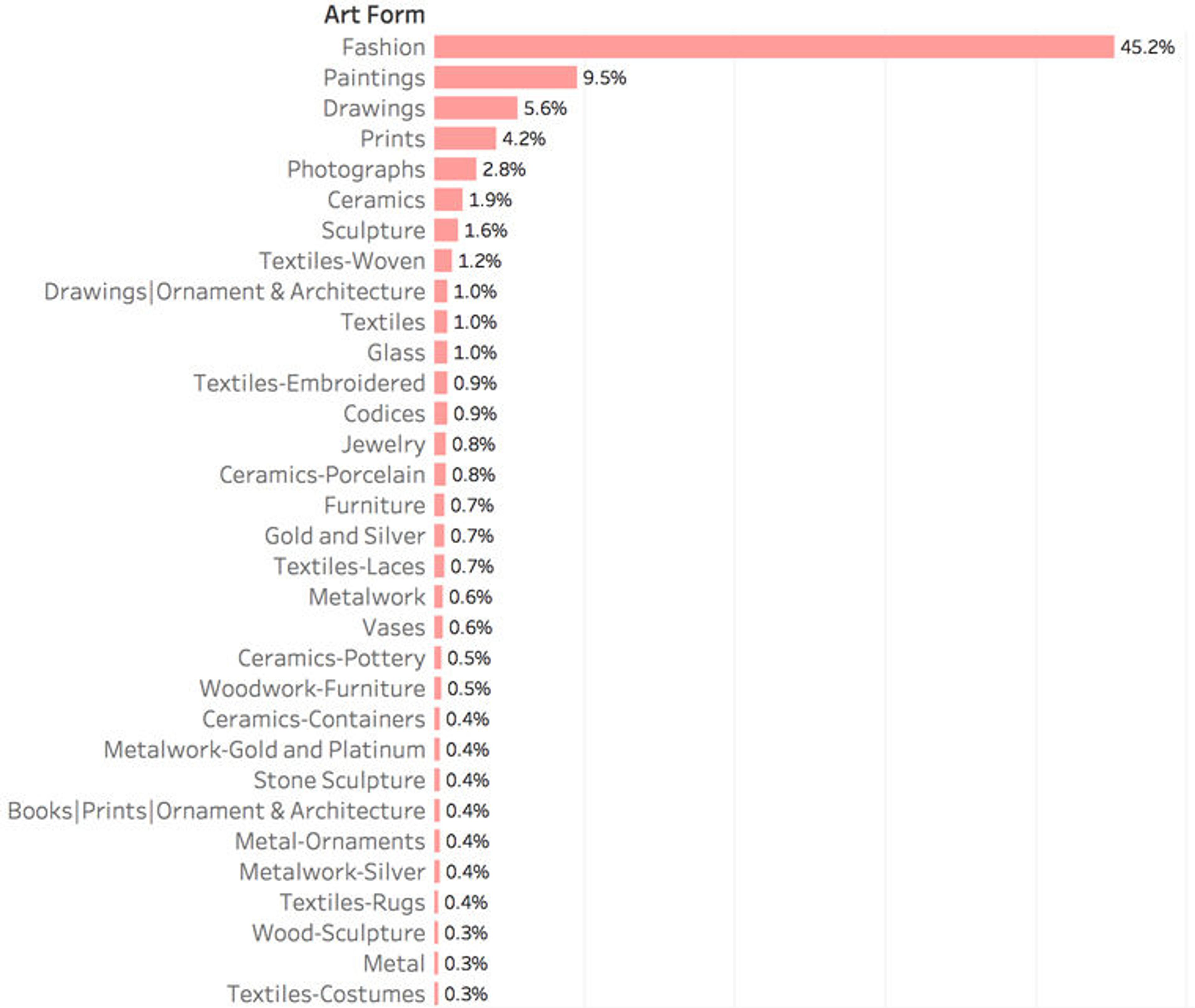
Fig. 7. Volume of objects shares by art form
Pinterest Interactions
Once users share objects on Pinterest, the viral effect of these platforms takes place, increasing the reach and user interaction with these images. Users see these object images from the boards they follow or from searches they perform, and then they save them on their own boards. Pinterest Analytics reports show that about 596,000 people potentially viewed this content in 2017, which in some cases prompts additional saves, clicks, and other interactions with these pins. There is not much detail in Pinterest Analytics that allows one to see the distribution of those interactions, but we can determine the all-time "power pins," those with the highest amount of interaction.
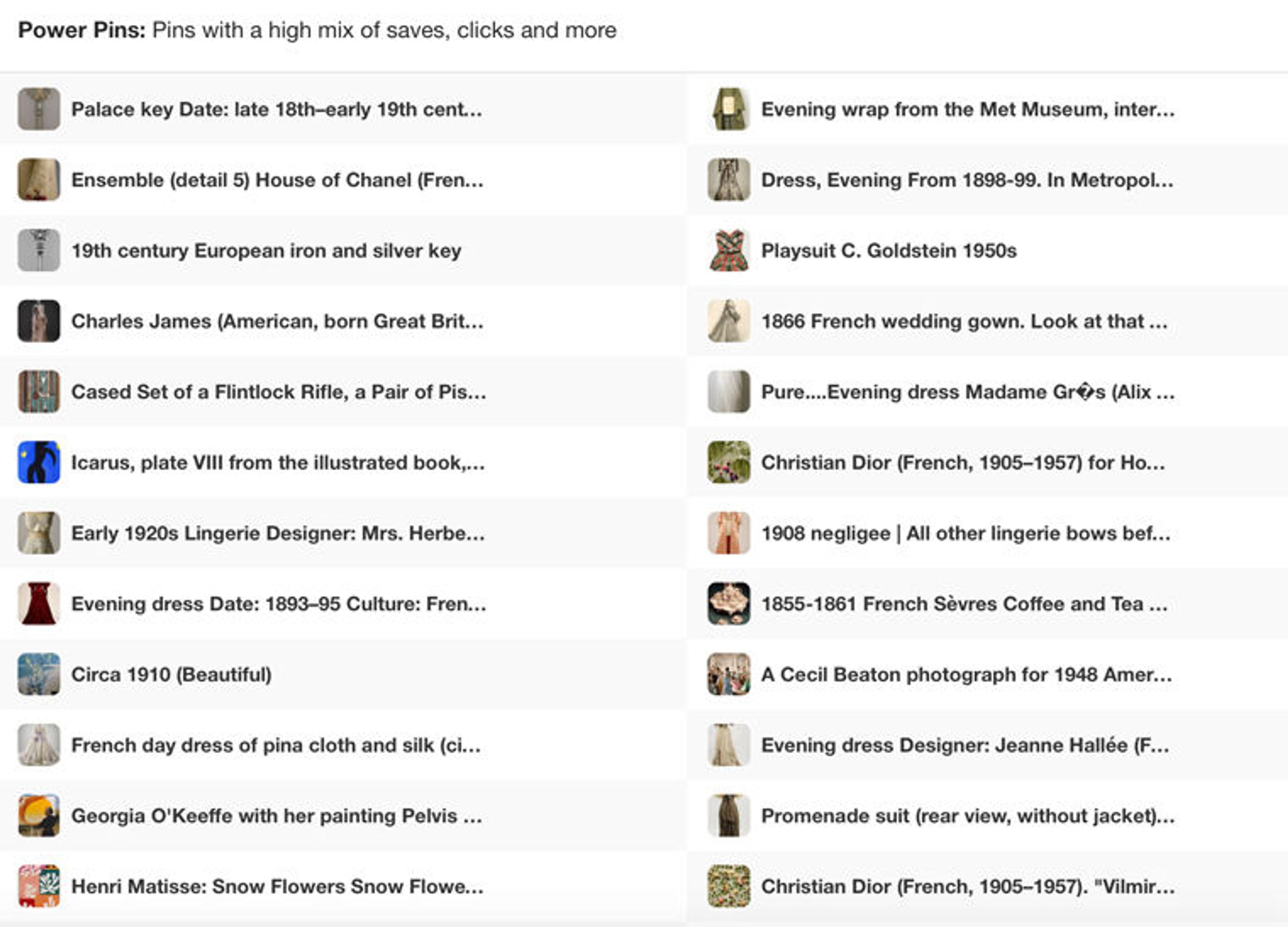
Fig. 8. List of The Met's all-time "power pins"
Traffic to metmuseum.org
When looking at analytics for the online collection, the overall most viewed objects remain fairly consistent, but when looking at object views broken down by curatorial department, we often find high traffic to unexpected objects coming from Pinterest boards with a very specific theme.
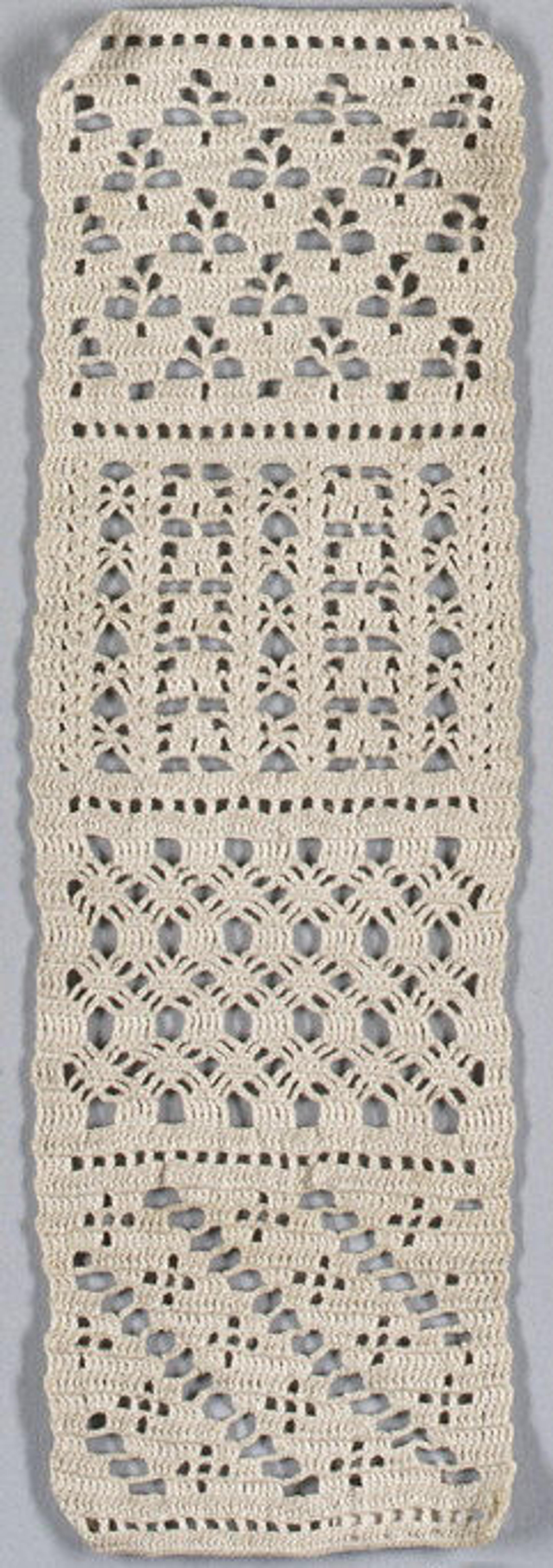
Left: Fig. 9. Sampler, 19th century. German. Cotton, crochet, L. 10 3/4 x W. 3 3/4 in. (27.3 x 9.5 cm). The Metropolitan Museum of Art, New York, From the Collection of Mrs. Lathrop Colgate Harper, Bequest of Mabel Herbert Harper, 1957 (57.122.694)
This nineteenth-century German crochet sampler was, for a period of time, the most viewed object in the collection of the Department of European Sculpture and Decorative Arts (fig. 9). In a department with seminal works by Rodin, Degas, and Bernini, this sampler received more views due to referral traffic from several Pinterest boards related to crochet work. Though the Met has hundreds of examples of crochet works, this single object has received the majority of traffic.
Another top-viewed object from the European Sculpture and Decorative Arts collection is an eighteenth-century British key (fig. 10). It's featured on many boards related to keys and also received traffic from a board dedicated to the story of Bluebeard the pirate.
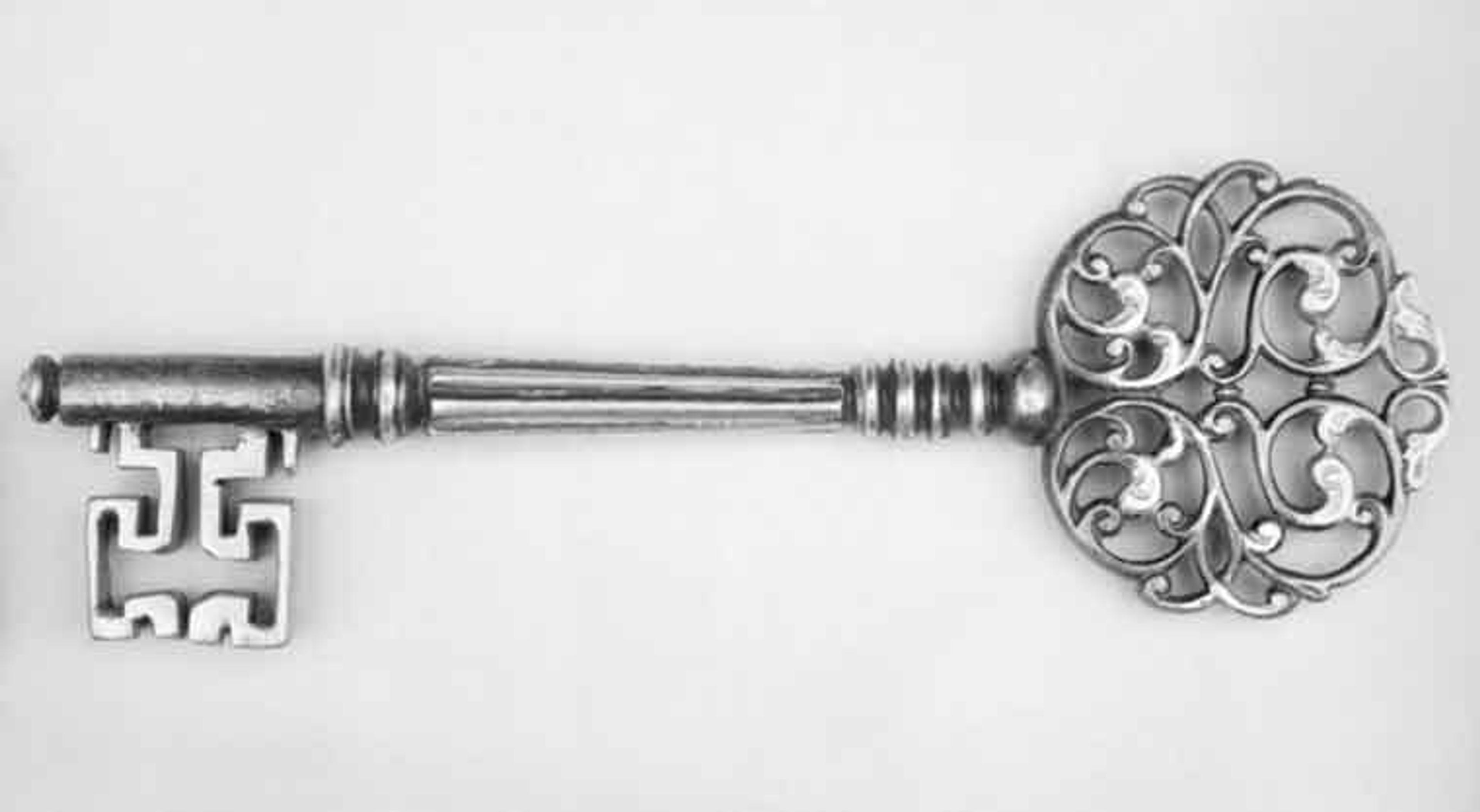
Fig. 10. Key, 18th century. British. Brass, L: 5 1/8 in. (13 cm). The Metropolitan Museum of Art, New York, Rogers Fund, 1910 (10.100.86)
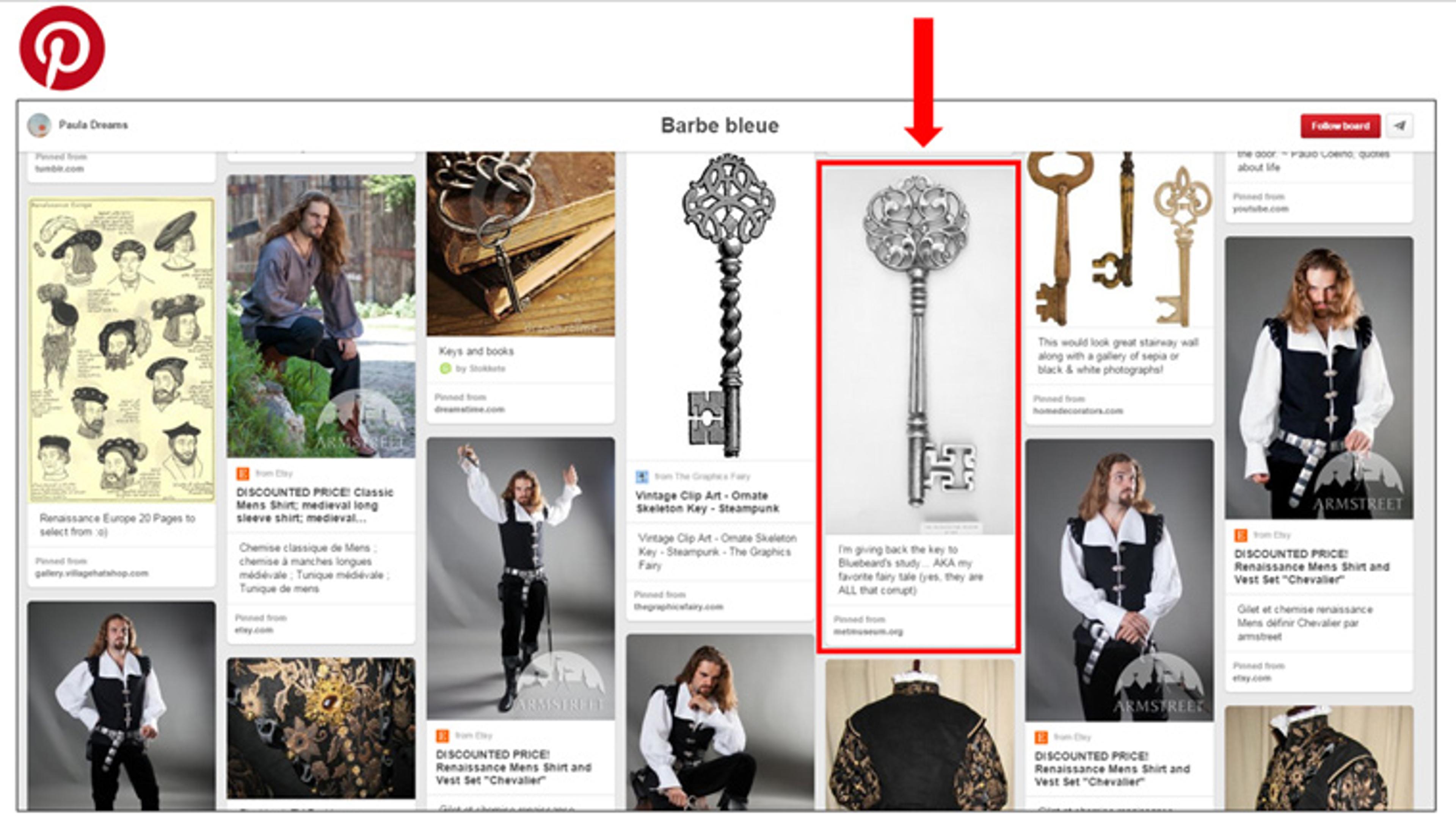
Interestingly, the majority of boards on which the key appears are those about tattoos. Apparently keys are a very popular tattoo design!
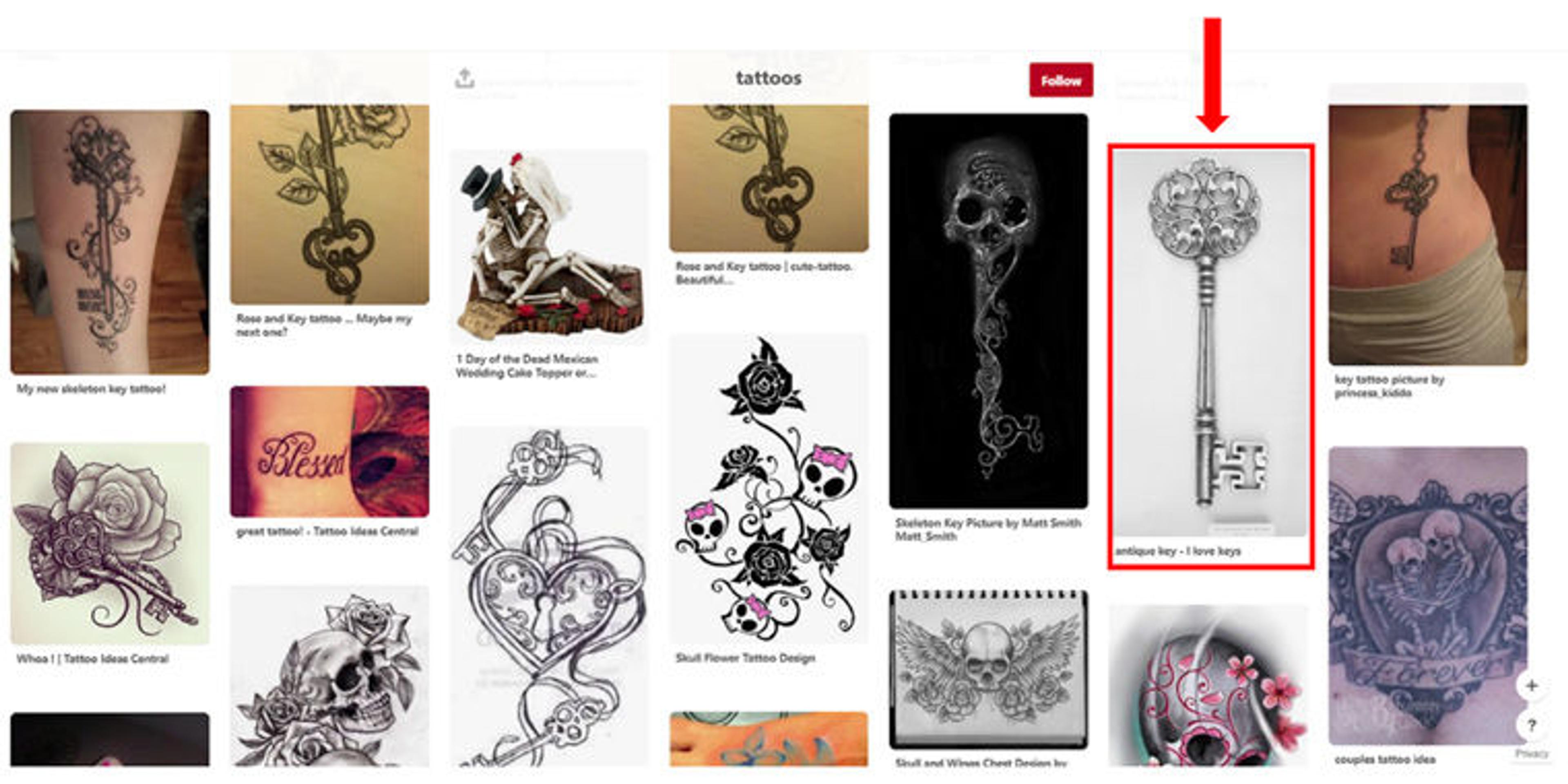
Items from The Costume Institute's collection are among our most pinned objects, mostly on boards related to fashion. A 1934 dress by Travis Banton received traffic from a board about the fantasy novel series Throne of Glass. This is the only example we have seen so far of a Pinterest board topic related to teen novels.
Next Steps
Looking at Pinterest traffic has provided fascinating new insights into visitors to The Met's website. The Museum is discovering new and unexpected audiences with varied interests ranging from crocheting and tattoos to teen novels, more than half of whom have never visited The Met in person. However, seventy-two percent of Pinterest users visit just one page per session. Therefore, our next goal is to extend the user journey and inspire visitors to explore more of the collection. The Museum has hundreds of examples of keys and crochet samplers, for instance, and we will be examining ways to convey this to users better.
We will be looking at the layout of our object pages to determine the best way to present related content, which is currently at the bottom of the page and often overlooked by users. We are also employing heat maps and event tracking to see where users are clicking on object pages, as well as adding subject keyword terms to help users find works based on specific subject matter.
